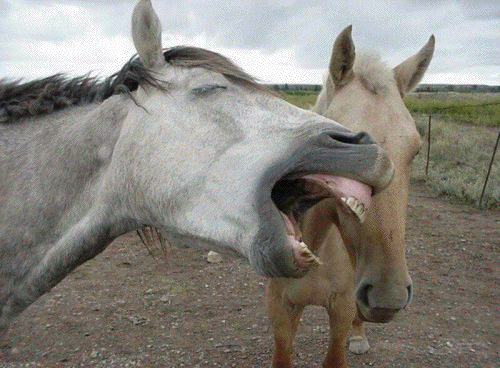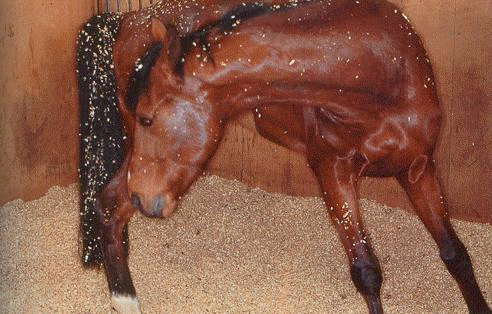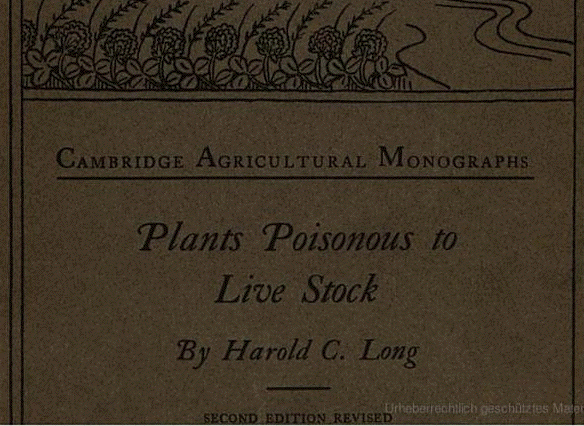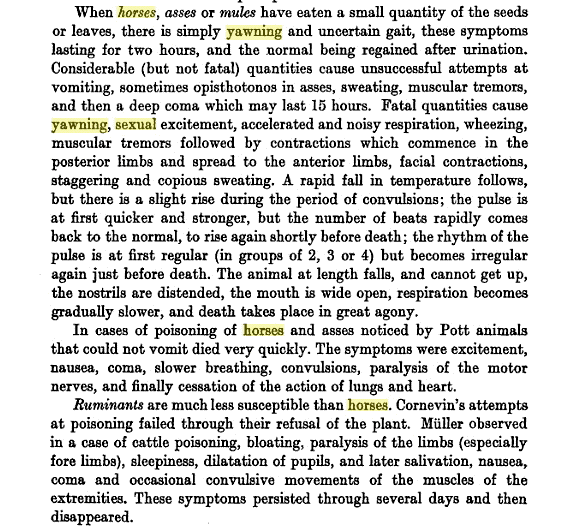- Equine colic is a sometimes serious
condition, and can be defined as" any crisis
which causes abdominal discomfort in a horse" A
more scientific definition, however, is" a spasm
of any soft or hard hollow organ, such as the
abdomen, that is accompanied by pain".
-
- The general term colic is also given to any
dysfunction of the digestive system of the
horse, including twisting, swelling, infection,
or lesions. In such cases, the horse's chronic
colic may never be fully alleviated, or
understood as to its cause, but there are a
number of preventative measures one can take( to
be discussed at a later time).
-
 -
- The American Association of Equine
Practitioners( AAEP) has classified colic into
three specific groups- intestinal dysfunctions,
intestinal accidents, and enteritis or
ulcerations. Intestinal dysfunctions are the
most common and mean simply that the horse's
bowels are not functioning properly. Intestinal
accidents occur less frequently and include
displacements, torsions and hernias- which
occurs when sections of the intestine become
trapped or pinched in body cavities. Enteritis
or ulcerations are types of colic related to
inflammation, infections, and lesions within the
digestive tract.
-
- Excessive sweating, pawing, rolling, looking
at their belly, lying down at unusual times, and
tail wringing usually associated with the
stamping of the hind feet( particularly if there
are no flies) are all signposts that the horse
has some form of abdominal pain. Other
symptoms also include repeated yawning or
grinding of their teeth, refusal to eat( still
apparent from the first sign), a depressed
attitude, a change in the appearance or
consistency of manure( watery, too solid,
etc.
-
- Normally, you should hear 2 or 3 gurgles
(which signify that food is moving through the
digestive system properly) every minute, and a
loud growl every 1 to 3 minutes. The horse may
also engage in lying down and getting up
frequently, nipping at their flanks,
stretching more often then usual, pacing,
and difficulty with breathing. There are other
less common causes as well, including kidney
disease, liver disease, tying up( a muscle
condition characterized by cramping and acute
pain), or ovarian pain, in which a mare may
exhibit colic symptoms 3 to 5 days into her heat
cycle.
-
- Delving into the more scientific side of
colic, there was a study done to determine if"
deficiencies in the myenteric plexuses of horses
might be associated with the incidence of
colic." The myenteric plexuses can be defined
as" one of the two plexuses in the wall of the
alimentary canal." The researchers measured the
myenteric plexus density, longitudinal muscle
thickness, and neuron density, for both normal
horses and those with" acute obstruction and
chronic obstruction". The researchers found that
although in acute obstruction( cases which have
occurred for less then 24 hours) those factors
were the same as in normal horses, chronic
cases( greater than 24 hours) had a lower neuron
density in the pelvic flexure.
-
- Horses with strangulating large colon
torsion/ volvulus had significantly less
myenteric plexus density in certain areas of the
colon except the left ventral. Horses that
survived despite the strangulation had greater
neuron density than those that died. The
longitudinal muscle thickness was greater in the
pelvic flexure of horses with acute and chronic
obstructions than normal horses.
-
- Also, they should be prepared to give the
horse's temperature, color of mucous membranes
and capillary refill time, behavioral signs(
kicking, pawing, etc.), digestive noises, bowel
movements, any recent changes in the horse's
life, and his breeding history. The vet will
attempt to pass a nasogastric tube through the
nose, esophagus, and then to the stomach so as
to relieve pressure on the stomach and small
intestine.
-
- Since some causes of colic include such
things as an environmental or feeding change,
they should be minimized much as possible.
Another preventative measure is to include
regular parasite control, or deworming into
horse's lives. If good management policies are
followed as they should be in the first place,
horses should not develop problems with
colic.
-
- However, if they do come down with it,
today's modern technology is on the side of the
horse.
-
- Manifestations
physiques des coliques
équines
- Le cheval se regarde les flancs
- Des crottins bouseux
- Refus de s'alimenter,
- Bruxisme (grincement des dents),
- Baisse de forme ,
- Décubitus dorsal (le cheval adopte
une position antalgique en se couchant sur le
dos),
- Baîllements à
répétition,
- Hypersalivation,
- Mauvais état
général,
- Poils de mauvaise qualité
- Le cheval a tendance à tourner en
ronds:
-
 
 
|






